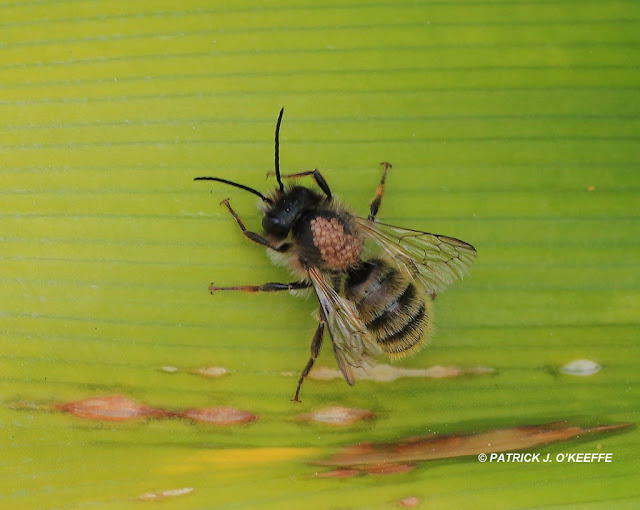CLICK ON PHOTO TO SEE HIGHER QUALITY IMAGE
The Eurasian Bullfinch (Pyrrhula pyrrhul) is of the finch family Fringillidae which is in the genus Pyrrhula.
Click external link here for detailed species information
Click external link here to see distribution map and to hear calls
The Eurasian Bullfinch (Pyrrhula pyrrhul) is of the finch family Fringillidae which is in the genus Pyrrhula.
This stocky species breeds in the temperate regions of Europe and Asia. Northern populations are migratory and move to southern Eurasia for the winter. Unlike most other finches, bullfinches don't form winter flocks. Normally encountered singularly or as a pair but a small family group, usually comprising less than 10 individuals, can be seen in late autumn/winter.
Patrick J. O'Keeffe / Rawbirds



%20distribution%20map.jpg)























